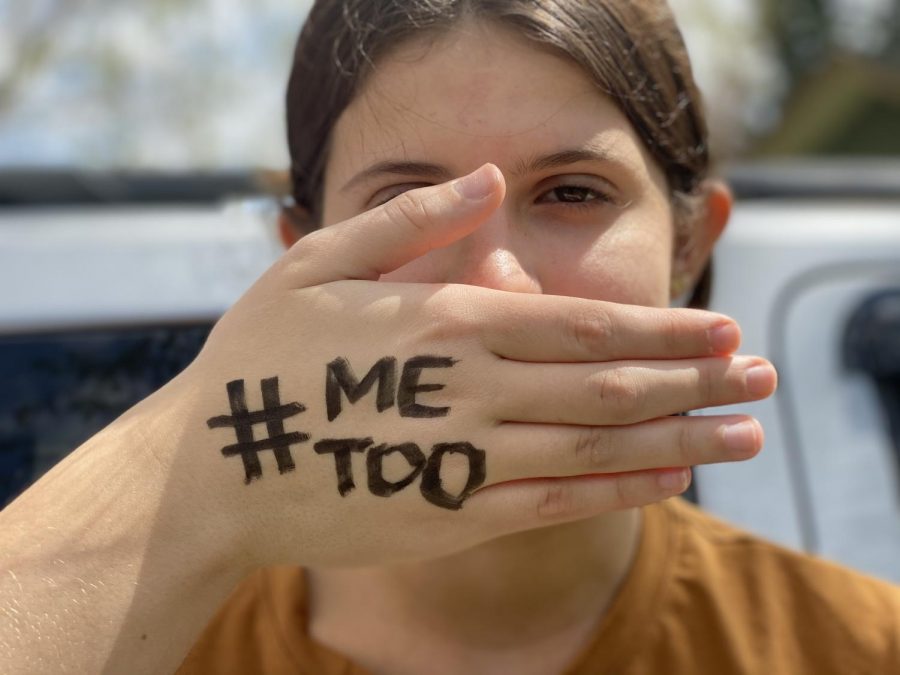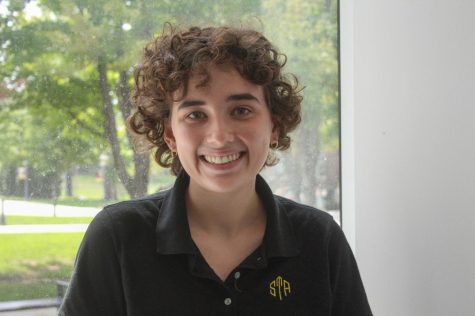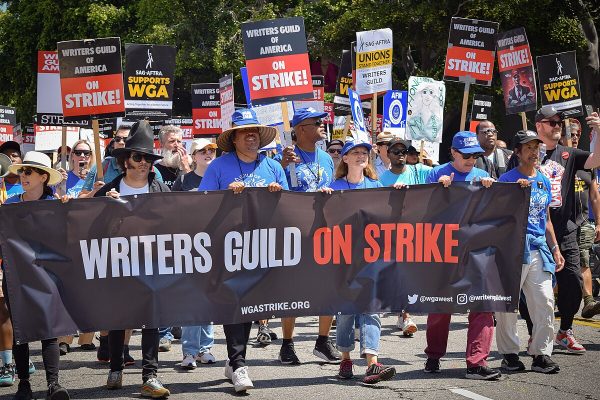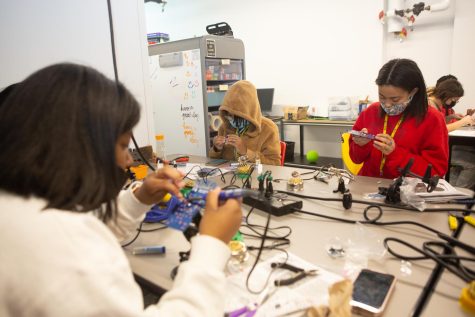The 86% are making their voices heard
The United Nations released a study about the prevalence of sexual assault in the U.K., the results of which have been a catalyst for survivors to share their stories, but also for social media backlash.
April 12, 2021
Anyone with a TikTok, Twitter or Instagram account has probably seen either “#97percent” or “#NotAllMen” trending in the last month. Both are in response to the murder of a UK woman named Sarah Everard and to a study conducted in the UK about the prevalence of sexual harrassment, but the two trends promote very different messages. Women who have experienced sexual harrassment or sexual assault have shared their stories using the hashtag #97percent, but others pointed out that just because a large majority of women have been victims of sexual abuse doesn’t mean all men are perpetrators.
The figure 97% is not actually in line with the results of the study and was likely derived from the fact that 86% of women ages 18-24 said they had experienced sexual harrassment, with only 3% saying they had never experienced any form of sexual harassment. The remaining 11% did not answer the question. The overall result of the study was that 71% of all UK women have experienced sexual harassment of some kind. The study defines sexual harassment as “the contiuum of violent practices against women and girls” including all types of unwanted physical and verbal sexual conduct.
Other backlash against the study came from those who suggested that these figures are too high and that the study has to be flawed, but according to professor Hannah Britton, they sound about right. Britton teaches in the Women, Gender, and Sexuality Studies department as well as the Political Science department at the University of Kansas.
“It seems fairly realistic, especially with the types of behaviors that they’re presenting,” Britton said. “If it had just been sexual assault, I would have said, that’s high. You know, I think the numbers are like one in four or one in six, but this is a full range of sexual assault and sexual harassment so I think that seems pretty realistic to me.”
Junior E llie Bolch first heard about this study through the 97% trend on TikTok, and although that specific statistic might have been off, she thinks social media can be a powerful tool for activists and survivors to inform people about sexual abuse.
llie Bolch first heard about this study through the 97% trend on TikTok, and although that specific statistic might have been off, she thinks social media can be a powerful tool for activists and survivors to inform people about sexual abuse.
“[Social media] definitely spreads awareness, and I think TikTok is actually like a good way to do it,” Bolch said. “Even though people can make jokes out of it, which is not what it should be, I feel like everyone has TikTok and everyone sees TikTok so like, for people sharing their story, that can be a really good way to raise awareness and get those views.”
According to English teacher Sarah Taber, social media can be the beginning of a conversation about sexual abuse, but it shouldn’t be the end of it. Taber feels strongly that this topic should be discussed in schools, around the dinner table and wherever possible to help spread awareness. In her own classes, she teaches a study from the University of South Florida about “precarious manhood,” which is an idea that masculinity requires “continual social proof and validation,” which sometimes includes objectifying or harming women, even if the perpetrators do not think of it in those terms.
“One of the interesting things about the study is it almost makes you empathize a little bit with men for half a second because of this idea that they’re sort of being raised in this culture and unaware of how they’re being affected by this expectation, and I say just half a second because we can do so much better at educating them and talking about unconscious expectations like this,” Taber said. “I think we should be talking about studies like this in Catholic schools and all-male schools so that we’re having better awareness around the ways in which these actions and behaviors are happening so often in society and affecting women and their relationships with men.”
Britton agrees that in any productive conversation about gender-based violence, all genders have to be involved in dismantling harmful social norms.
“I think for sexual harassment to end, all genders need to be involved, right?” Britton said. “And if people are saying that they’re not part of the problem, then they could be part of the solution, like what are they actively doing to change a climate where sexual harassment is widely practiced? What are they doing to change the behaviors of their social groups? What are they doing to change the thoughts and actions of others? I think there’s a place for everybody in the movement to end violence against all genders.”
Taber also believes that it’s possible to acknowledge that not all men are part of the problem without pulling the focus away from survivors of sexual abuse.
“Yeah, I mean, I think we have a history of, you know, men being the dominant voice in the room and wanting to control the dialogue and wanting to silence women and wanting to put the blame on what a woman is wearing or how a woman is behaving,” Taber said. “And no, it’s not all men. Of course we know that. But again, is that, you know, is that some sort of veiling tactic, so that we’re not discussing the 86%? It is happening, too. So yes, I think we can acknowledge that it’s not all men and then we can spend a lot more time talking about the rest of them.”










